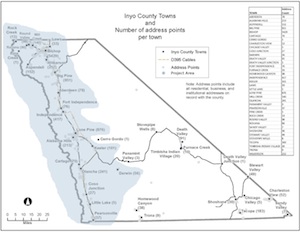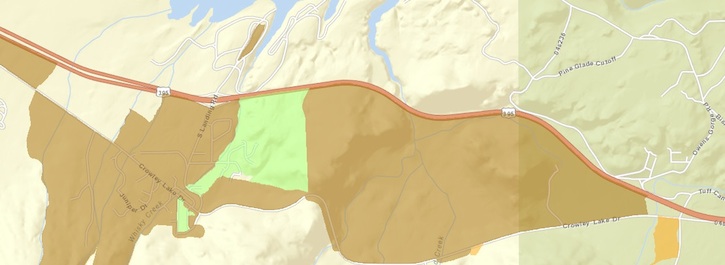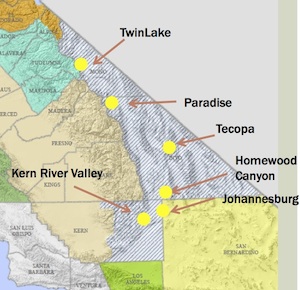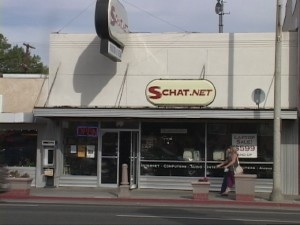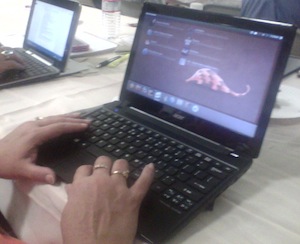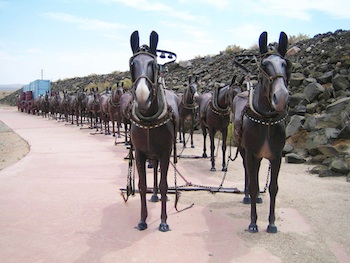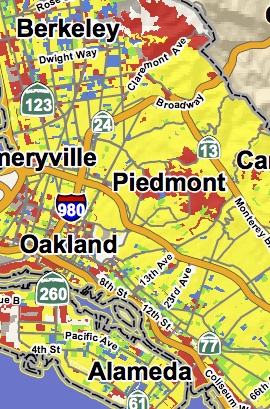Stay rational and deliver on broadband promises if you want more
![By JDQ 121 (Own work) [CC BY-SA 3.0 (https://creativecommons.org/licenses/by-sa/3.0) or GFDL (https://www.gnu.org/copyleft/fdl.html)], via Wikimedia Commons](https://www.tellusventure.com/images/2015/1/redneck.jpg)
Not everyone feels a need for broadband.
There are two things rural communities in California have to do, to ensure broadband development efforts meet both current and future needs: focus the conversation on concrete, rational needs and demonstrate that existing resources are well and enthusiastically used.
That was the message from Eric Brown, CEO of the California Telehealth Network, at last week’sEastern Sierra Connect Regional Broadband Consortium’s conference in Ridgecrest. He was one of many state and local broadband leaders – and users – who talked about the future of eastern California’s economy, now that the Digital 395 fiber route is fully lit and increasingly serving businesses, organisations and consumers from Barstow to Reno.… More


